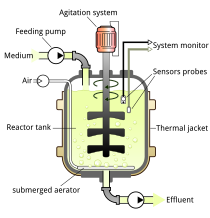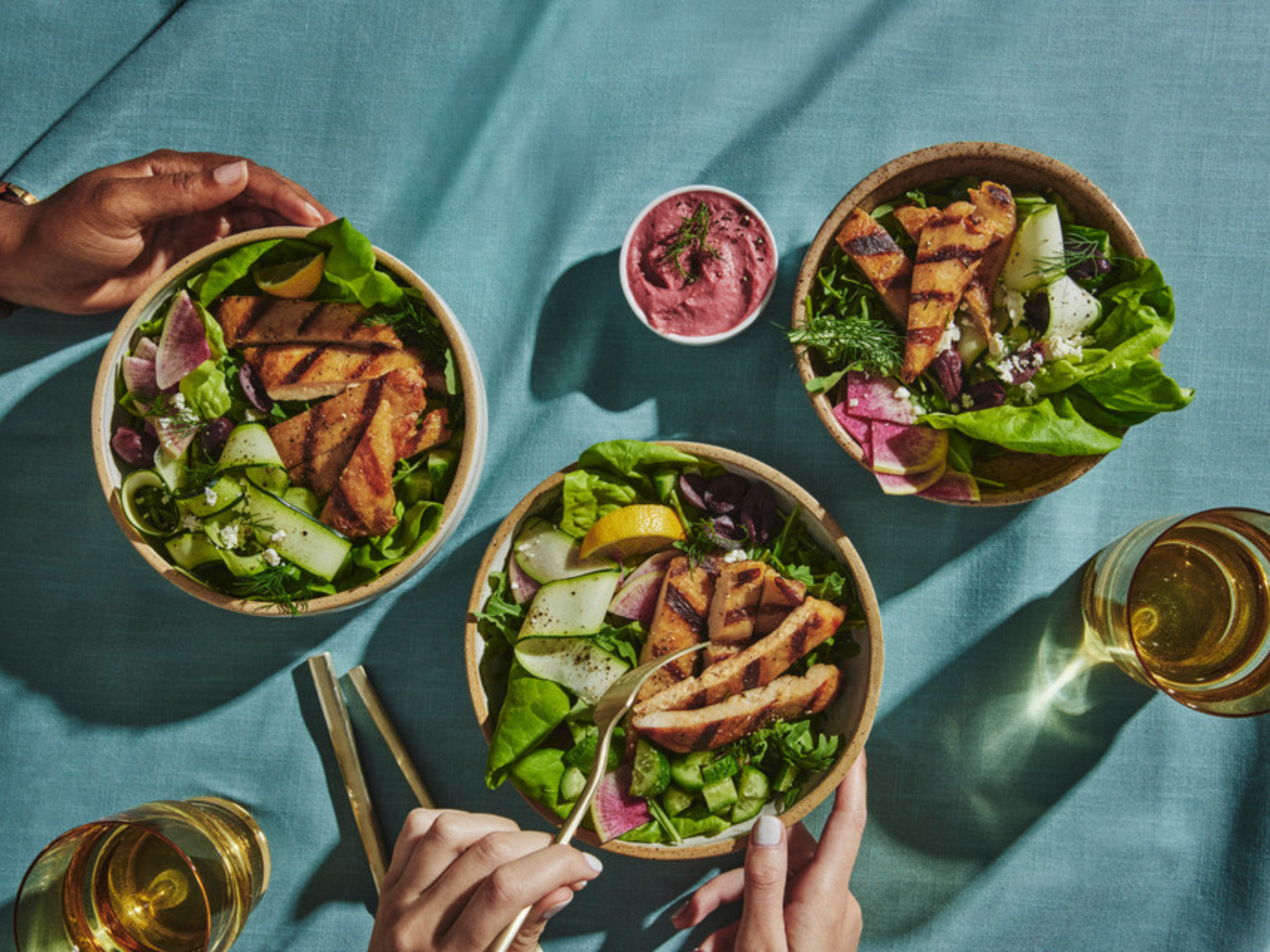Gov. Jim Pillen announced new regulations and future legislation to crackdown on "fake" or "lab-grown" meat.

nebraskaexaminer.com
Gov. Pillen targets ‘fake meat’ in new executive order, seeks total ban on sales in 2025
‘We’re being proactive and making sure that silly things aren’t happening, because they are happening on the Coasts,’ Pillen says
By:

Gov. Jim Pillen, center, hosts a news conference at Oak Barn Beef in West Point announcing new regulations and future legislation to crackdown on “fake” or “lab-grown” meat in Nebraska on Thursday, Aug. 29, 2024. Behind him are, from left: Hannah Klitz, co-owner and co-operator of the family led Oak Barn Beef; Jeanne Reigle of Madison, a livestock producer and 2024 legislative candidate; and Director Sherry Vinton of the Nebraska Department of Agriculture. (Zach Wendling/Nebraska Examiner)
WEST POINT, Nebraska — Gov. Jim Pillen and the Nebraska Department of Agriculture announced new regulations Thursday against “lab-grown meat” or “fake meat,” with Pillen eyeing 2025 legislation to prohibit the sale of such products within the state.
On top of new regulations, standards and the potential legislation, Pillen signed an executive order Thursday that prohibits state agencies from procuring lab-grown or other meat alternatives. The order also requires entities that contract with the State of Nebraska to promise not to discriminate against natural products in favor of laboratory or cultivated meat producers.
“We’re being proactive and making sure that silly things aren’t happening, because they are happening on the Coasts,” Pillen said, speaking at Oak Barn Beef, a local family beef operation. “If we sit back and wait until the grocery stores are full, that’s not the way we want to lead.”
Labeling regulations

Director Sherry Vinton of the Nebraska Department of Agriculture at a news conference in West Point. Aug. 29, 2024. (Zach Wendling/Nebraska Examiner)
Nebraska Agriculture Director Sherry Vinton said her agency will be launching new labeling regulations “simply to protect consumers from being misled.”
Similar to
recent regulations in Iowa, manufactured protein or lab-grown meat would be required to be clearly and distinctly separated from “natural, real meat” under the future regulations and be labeled as such with a conspicuous and prominent label, Vinton said.
Standards will also be developed to determine when manufactured food, cell-grown or lab-grown meat is being falsely advertised or misbranded, she said.
Pillen’s family owns a major hog operation in Nebraska. He and
University of Nebraska-Lincoln officials have highlighted that the livestock industry contributes more than $6 billion to the state’s economy each year.
Banning ‘fake meat’ sales

Nebraska Gov. Jim Pillen (left) joins Attorney General Mike Hilgers at a news conference. May 13, 2024. (Zach Wendling/Nebraska Examiner)
In May, Florida and Alabama became the
first states to outlaw the sale of meat alternatives, and Pillen seeks to hold true to a promise he made that month that Nebraska would join the list.
When Nebraska
sued California and the federal government over new emissions rules in May, Pillen said the Cornhusker State can “play that game, too,” when it comes to state regulations.
“The fake-meat, petri-dish-meat folks, they’re not going to have a place in Nebraska, just mark that down on your calendar,” Pillen told reporters May 13. “It’s time for us to roll up our sleeves and fight and defend Nebraska, and that’s what we’re doing.”
Pillen said Thursday he will ask lawmakers to propose and prioritize such legislation.
“We can etch it in stone so nobody has a chance,” Pillen said. “If there are Nebraskans that want to buy lab-grown meat, good for them, they’re just not going to do it in Nebraska.”
‘Putting us out of business’

Jeanne Reigle of Madison, a livestock producer and 2024 legislative candidate, joins Gov. Jim Pillen for a news conference in West Point. Aug. 29, 2024. (Zach Wendling/Nebraska Examiner)
Jeanne Reigle, a livestock producer southeast of Madison, and a 2024 legislative candidate, also spoke at Thursday’s news conference. She said that, like Pillen, she has been “very appalled about the so-called ‘smart people’ that think they know more than we know, who’ve been doing this for generations in the ag industry.”
She pointed to three common arguments in favor of meat alternatives: less greenhouse gas emissions, the absence of pathogens and lack of cruelty to animals.
Reigle said the ag producers take care to prevent greenhouse gas emissions, pathogens and animal cruelty. She also said that the energy it takes to run bioreactors producing such alternatives “probably” far outweighs gas emissions in traditional ag, that there are “several failure points” in the lab to introduce bacteria and that the proponents haven’t seen the true cruelty-free process producers utilize in Nebraska.
The only way that “fake meat” will go from a niche market to a mass market, Reigle said, is if the government subsidizes the process. She said that would mean “putting us out of business.”
“With that in mind, the thing that keeps me up at night and scares me thinking about the future of our children, our grandchildren, is that the government could get involved and have more control over this new so-called ‘food,’” Reigle said.
Order heads to secretary of state

Gov. Jim Pillen holds up a newly signed executive order to crackdown on “fake” or “lab-grown” meat within Nebraska agencies and contractors with the State of Nebraska in West Point. Aug. 29, 2024. (Zach Wendling/Nebraska Examiner)
The governor directed much of his criticism, as he has in the past, on Bill Gates and other people from “the Coasts” who have advocated for alternative meats.
“There’s a guy that made some money in building computers,” Pillen said, pointing to Bill Gates. “He needs to stay in the computer space and knock this stuff off thinking that he’s going to promote lab-grown meat. He’s lost his brains.”
Pillen described the new efforts as “a big deal” as Nebraska enters “a full-blown attack on lab-grown meats and fake meat.” He campaigned on the promise to tackle fake meat and dairy in 2022 and said Thursday he should have embraced the changes on his “second day.”
Secretary of State Bob Evnen received and signed the executive order Thursday afternoon, so it took effect right away.














